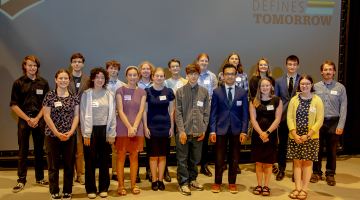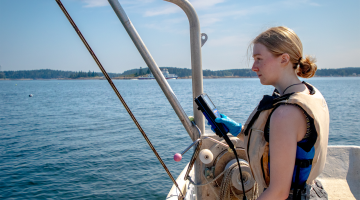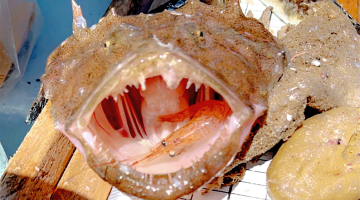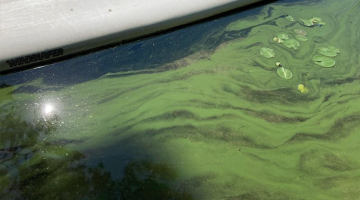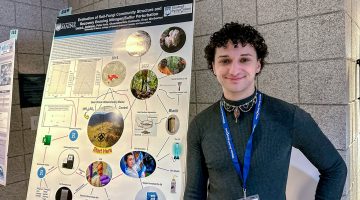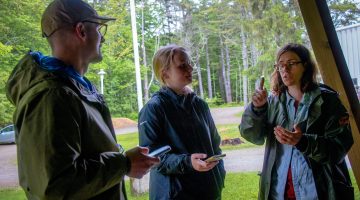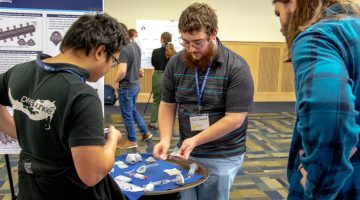Maine EPSCoR is Hiring Writing Interns!
Maine EPSCoR is hiring student interns for the fall 2023 semester to help produce written and digital content about Maine-eDNA, Track-2 EPSCoR projects, and other research in Maine. Apply through CareerLink or email a cover letter, resume, and, if able, examples of past work to Maine EPSCoR (maine.epscor@maine.edu.) If you have any questions contact Maine […]
Read more

